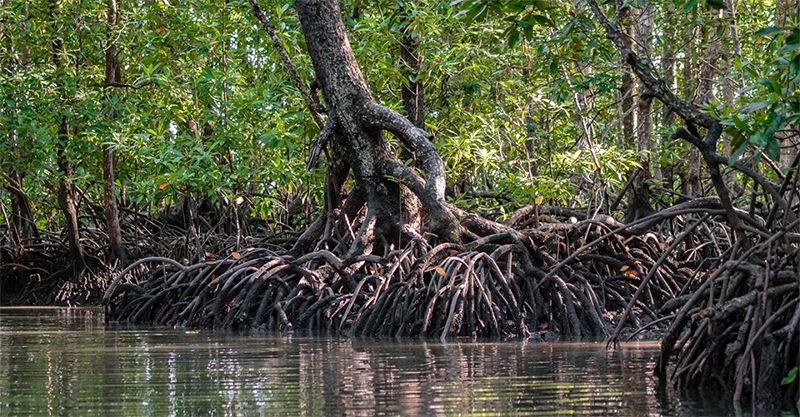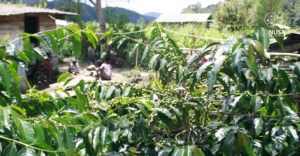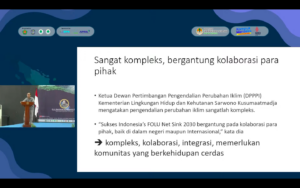
Kambala Village is in the Buruway District, Kaimana Regency, West Papua Province. Kambala Village has a wide-ranging mangrove with various species types such as Avicennia sp, Sonneratia sp, and Rizhopora sp which dominate the mangrove forest area here.
Most people Kambala Village work as nutmeg farmers despite the fact that the potential of abundant marine resources, particularly those from mangrove forests. Nutmeg is one of the prominent commodities in Kaimana Regency which accounts for 75 percent of nutmeg production in this district. No wonder if this region is deemed the biggest nutmeg producer in Indonesia according to the West Papua Agriculture Office.
Meanwhile, mangroves receive less attention from the community. They use mangroves only for firewood and a buffer for making foundation of a new building. But on the other hand, people in Kambala Village is aware of the importance of mangrove protection in their area. They even have a traditional ceremony so-called Sinara when they enter the mangrove forest area which is still maintained until now.
Local people preserved the Sinara ceremony as a tradition in an effort to protect the mangrove forest area. This traditional ceremony is deemed a way to provide permission for someone to enter and use the mangrove forest. It implies that not anyone, nor outsider of Kambala Village, is allowed to enter the mangrove forest area, let alone to take something from the area.
This customary rule has significant impact on the area surrounding the mangrove forest. Many marine resources are maintained and thus people of Kambala Village may get benefits from them. Sea cucumbers, for example. Sea cucumbers become one of the sea products commonly used by the people of Kambala, both for their own consumption and for sale. Sea cucumbers have even become a prominent sea product heading market to Surabaya. Local people in Kambala apply a customary rule called Sasi to conserve sea cucumbers which allows the use of these marine products for about three years after Sasi takes effect.
Mangrove forests have social and economic benefits which serve as alternative livelihoods for the community. Communities can take mangrove forest products such as wood, charcoal and food. The crops from mangroves can be made into various kinds of products such as syrup, mangrove coffee, mangrove cakes, and others. People outside Kambala Village and outside West Papua Province could now get the benefits of mangrove.
In addition to social and economic benefits, mangroves potential can also be transformed into ecotourism or research grounds. The mangrove area also holds the potential for high-value marine fauna such as mangrove crabs, shrimp, and fish. Many marine fauna inhabit mangrove areas as their spawning ground, nursery, and feeding ground.
All parties should be responsible for protecting the potential of the mangrove forest area and its optimum use in Kambala Village. Let alone, people in the area still lack knowledge on the benefits and potential of mangrove forests. In addition, the absence of such information is due also to limited facilities and infrastructure. The great potential of mangroves will provide prosperity for the surrounding community. However, without sustainable management, all will be in vain.
Editor: Leo Wahyudi S




